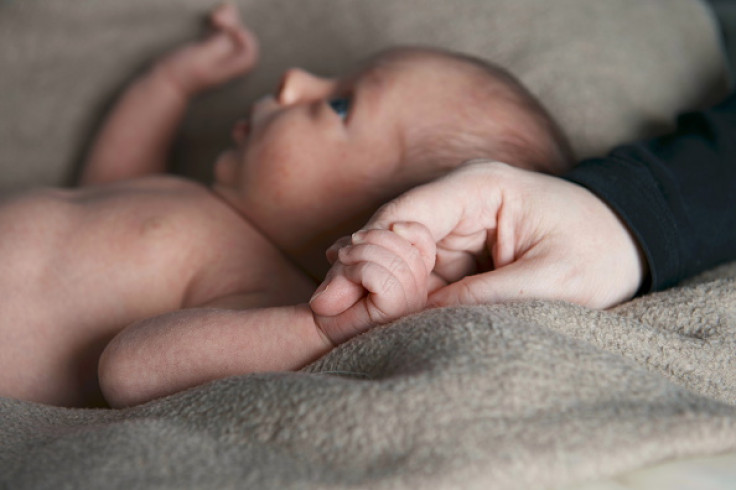Three-parent babies now allowed in UK following historic decision
Mitochondrial replacement therapy will help couples who risk giving birth to a baby with mitochondrial disease
The Human Fertilisation and Embryology Authority (HFEA), the UK's fertility regulator, has officially approved the use of mitochondrial replacement therapy. Clinics will now be able to apply for licences to help give birth to so-called 'three parent babies'.
Mitochondrial replacement therapy is an innovative fertility technique designed to prevent mothers at risk of passing on defective mitochondrial DNA to their children from doing so. It was made legal in the UK in 2015, but the HFEA had cautioned that more research needed to be done to assess the safety and efficacy of the technique before it could go ahead.
On 30 November, a scientific review commissioned by the HFEA concluded that the therapy should be approved for "cautious clinical use" when children are at risk of inheriting specific genetic diseases.
During its meeting today (15 December), the HFEA has endorsed these findings, which means doctors could potentially start using the treatment in the spring and the first babies could be born by the end of 2017.
This decision comes just three months after the first baby was born with this technique in Mexico, thanks to the work of doctors from the New Hope Fertility Centre in New York.
What is mitochondrial disease?
Mitochondria are organelles responsible for creating the energy needed by the cells to function. They are found in the body of every living cells, separated from the nucleus that holds the nuclear DNA – the genetic characteristics inherited both from the mother and the father.
But mitochondria also have a very small amount of DNA. Mitochondrial DNA contains 37 genes passed down to us from our mothers. When mitochondrial DNA is defectuous, this can lead to mitochondrial disease. For children affected, the mitochondria do not work properly and do not produce enough energy.
The symptoms of the illness vary depending on which cells in which organs are affected. Loss of movement control and muscle weakness are frequent and most severe complications include heart and brain disease as well as disorders of the digestive system. It can result in premature death.
How does the technique work?
The idea of mitochondrial replacement therapy is to replace faulty mitochondrial DNA from the mother's egg with healthy mitochondria from a donor egg. This means the baby has DNA from three people – nuclear DNA from both parents and mitochondrial DNA from a donor.

In practice, two methods can be used – Maternal Spindle Transfer and Pronuclear transfer. The first involves removing the nuclear DNA from a donor's egg, leaving the healthy mitochondria, and then adding the mother's nuclear DNA, which represents 99.9% of the total cell DNA. The new egg is then fertilised and implanted in the mother's uterus with a traditional IVF fertility treatment.
Pronuclear transfer is very similar, but it involves fertilising the mother's egg first and then transferring the nuclear DNA to the donor egg. This second technique is currently more refined in the UK than Maternal Spindle Transfer.
Is it safe and effective?
To date, mitochondrial replacement therapy is though to be safe. The first baby, born in Mexico, is said to be healthy.
A recent study in the journal Nature, performed by scientists from the Wellcome Trust Centre for Mitochondrial Disease at Newcastle University, reported on the first pre-clinical studies on pronuclear transplantation (PNT) in the UK. They tested its safety and efficacy, using 500 eggs from 64 donor women. Analysing thousands of genes in embryo single cells, they found that the technique led to normal embryo development, while also reducing the risk of babies developing mitochondrial disease. The embryos were no more likely to suffer from genetic anomalies, birth defects or miscarriage.
The method may not be 100% effective however. Although it reduced the risk of mitochondrial disease, in some cases, defective mitochondrial DNA still ended up in the embryo, because residues from the fertilised egg 'stuck' to the nucleus when it was extracted and added to the donor egg.
© Copyright IBTimes 2024. All rights reserved.






